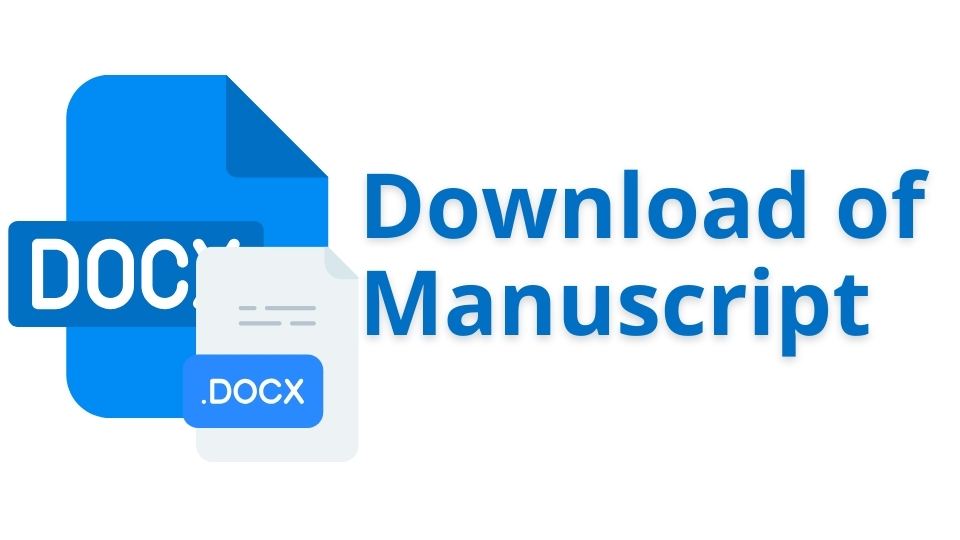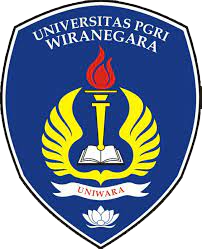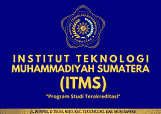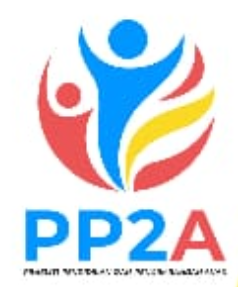The Impact of Driving Teachers on Pancasila Students and School Culture
Keywords:
Pancasila, Teacher Activator, School Culture, Educational ImprovementAbstract
This research explores the pivotal influence of the Teacher Activator program in developing the Pancasila Student Profile and enhancing school culture. Conducted over six months in five Jakarta elementary schools, the study uses a qualitative Classroom Action Research (CAR) approach. Data were collected through classroom observations, interviews with 15 teacher activators, 30 students, and five principals, and document analysis. The CAR method’s planning, action, observation, and reflection phases facilitated a structured analysis of Pancasila values integrated into educational activities. Results indicated a 25% improvement in students' understanding of Pancasila values. Despite insufficient facilities, teacher-led workshops and community support addressed these issues. Recommendations include improved teacher training on Pancasila values and better resources. This study highlights the Teacher Mobilization program’s success and suggests enhancements for broader educational impact in Indonesia.
Downloads
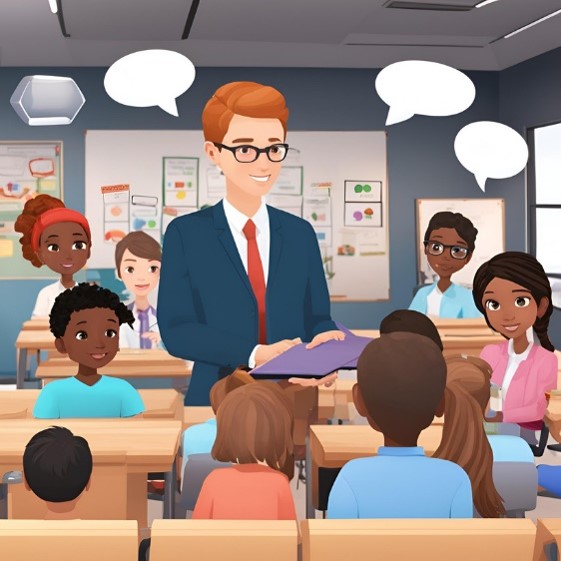
Published
How to Cite
Issue
Section
License
Copyright (c) 2024 Assyfa Journal of Multidisciplinary Education

This work is licensed under a Creative Commons Attribution-ShareAlike 4.0 International License.

 Universitas Muhammadiyah Malang, Indonesia
Universitas Muhammadiyah Malang, Indonesia
